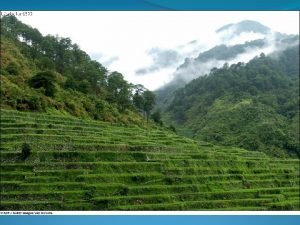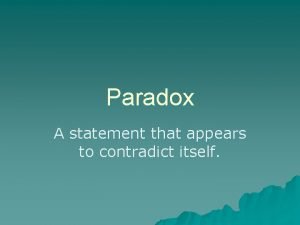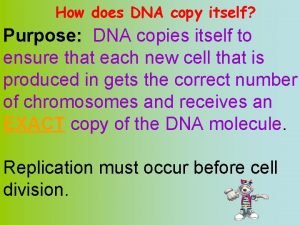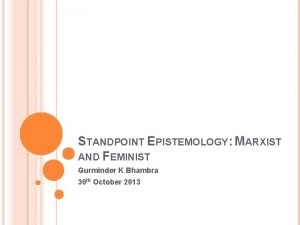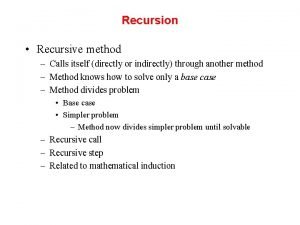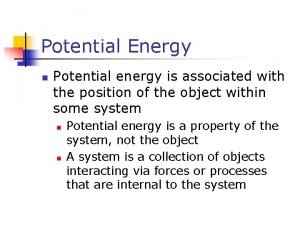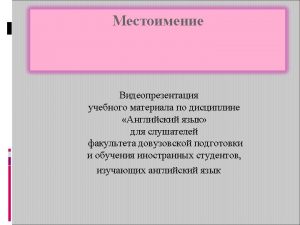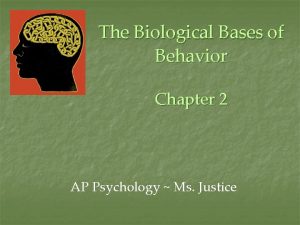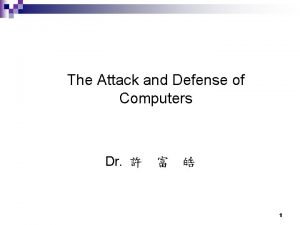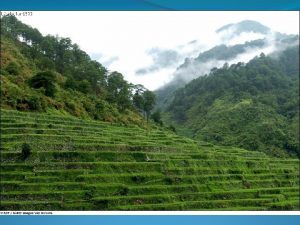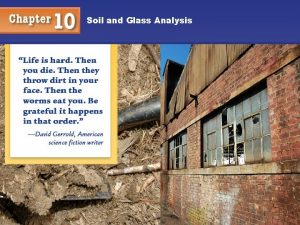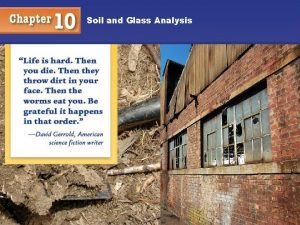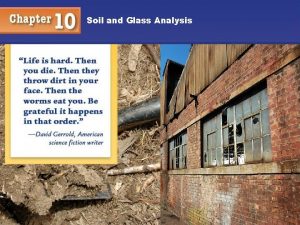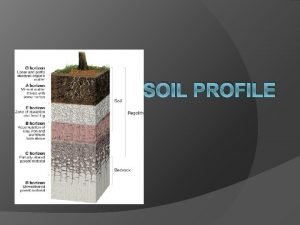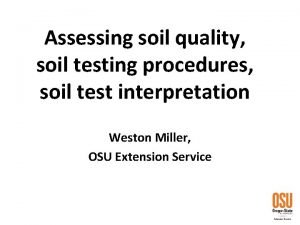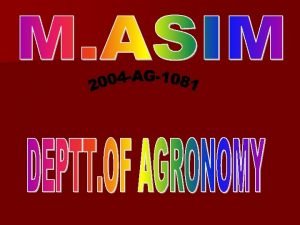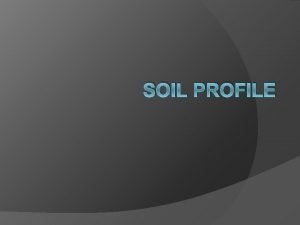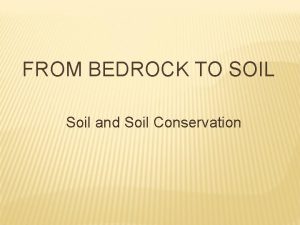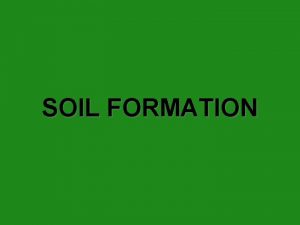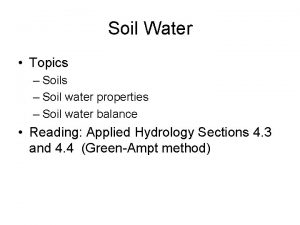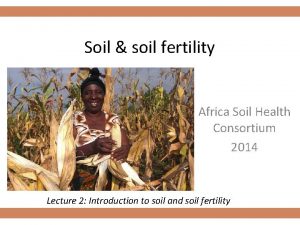SOIL ANALYSIS What is Soil Soil itself is





















- Slides: 21

SOIL ANALYSIS

What is Soil? Soil itself is very complex. � It would be very wrong to think of soils as just a collection of fine mineral particles (dirt. ) � Soil also contains air, water, dead organic matter, and various types of living organisms. � The formation of a soil is influenced by organisms, climate, topography, parent material, and time. �

Organic Material True soils are influenced, modified, and supplemented by living organisms. � Plants and animals aid in the development of a soil through the addition of organic matter. � Fungi and bacteria decompose this organic matter into a semisoluble chemical substance known as humus. � Larger soil organisms, like earthworms, beetles, and termites, vertically redistribute this humus within the mineral matter found beneath the surface of a soil. �

Soil Texture Soils are made of particles of different types and sizes. � Soil texture is determined by the relative proportion of sand, silt, clay and small rocks or pebbles found in a given soil. �

Sand is gritty to the touch and the individual grains or particles can be seen with the naked eye. � It is the largest of the three size classes of soil particles. � Particles range in size from 0. 06 to 2 mm. in diameter. �

Silt is smooth and slippery to the touch when wet and the individual particles are much smaller than those of sand. � These individual particles can only be seen with the aid of a microscope. � Particles range in size from 0. 002 to 0. 06 mm. in diameter. �

Clay is sticky and plasticlike to handle when wet. � The individual particles are extremely small and can only be seen with the aid of an electron microscope. � Particles’ sizes are all less that 0. 002 mm in diameter. �

Soil as Evidence � Soil is analyzed by comparing five elements: �Color �Particle Size �Density �Magnetism �p. H

Soil Color The color of a soil indicates its history as well as the compounds present in the soil. � White or gray soil may contain lime or have been leached (all water removed), while black or gray soil indicates the soil contains organic materials and/or moisture. � Red, brown or yellow soil usually indicates the presence of iron compounds. �

Munsell System of Color Notation The Munsell System allows for direct comparison of soils anywhere in the world. � The system has three components: hue (a specific color), value (lightness and darkness), and chroma (color intensity) that are arranged in books of color chips. � Soil is held next to the chips to find a visual match and assigned the corresponding Munsell notation. � For example, a brown soil may be noted as: hue value/chroma (10 YR 5/3). �

Color Indicates Mineral Composition of Soil Mineral Formula Size Munsell Color goethite Fe. OOH (1 -2 m m) 10 YR 8/6 yellow goethite Fe. OOH (~0. 2 m m) 7. 5 YR 5/6 strong brown hematite Fe 2 O 3 (~0. 4 m m) 5 R 3/6 red hematite Fe 2 O 3 (~0. 1 m m) 10 R 4/8 red lepidocrocite Fe. OOH (~0. 5 m m) 5 YR 6/8 reddish-yellow lepidocrocite Fe. OOH (~0. 1 m m) 2. 5 YR 4/6 red ferrihydrite Fe (OH)3 2. 5 YR 3/6 dark red glauconite K(Six. Al 4 -x)(Al, Fe, Mg)O 10(OH)2 5 Y 5/1 dark gray iron sulfide Fe. S 10 YR 2/1 black pyrite Fe. S 2 10 YR 2/1 black (metallic) jarosite K Fe 3 (OH)6 (SO 4)2 5 Y 6/4 pale yellow todorokite Mn. O 4 10 YR 2/1 black humus calcite Ca. CO 3 10 YR 8/2 white dolomite Ca. Mg (CO 3)2 10 YR 8/2 white gypsum Ca. SO 4× 2 H 2 O 10 YR 8/3 very pale brown quartz Si. O 2 10 YR 6/1 light gray

Soil Density Soil density is defined as the total mass divided by the total volume of the soil sample. � To determine this value, forensic scientists must determine the mass and volume of the three states of matter found in soil: � � Solids (minerals and organic matter) � Liquids (usually water) � Gases (air pockets)

Soil p. H is primarily controlled by the concentration of free hydrogen ions in the soil matrix. � Soil p. H is commonly determined by adding distilled water to a soil sample and gently mixing the two. The p. H is then measured on the resulting solution with a p. H meter. � Common p. H’s: �

Forensic Soil Analysis: What Similar Soils May Indicate The soil on the shoes of a suspect (or left on a carpet or floor) can indicate the direction of travel and the mode of entry. � Soil evidence from a victim or suspect’s clothing can indicate a direct relationship between the two. � For instance, if a suspect lives in a particular neighborhood with a specific soil profile and this profile matches one found at a crime scene or on a victim, then one must suspect that the suspect left that sample at the scene. �

What Else Might They Indicate? "Double transfer" is even more convincing. If soil profiling to a suspect’s home territory is found on a victim or in their home and soil from the victim’s home territory is found on the suspects’ clothing or footwear, the probability of the suspect having been at the crime scene increases dramatically. � Inorganic or manufactured matter found in the soil recovered from a suspect's footwear or clothing can be very site-specific. Particles of glass, rubber and other industrial products can be used to link a suspect with a particular location, i. e. a warehouse crime scene. �

Soil Found on the Vehicle’s Interior A soil sample from the gas or brake pedal of a suspect’s car can link to a gravesite. � Soil from a trunk or backseat can indicate digging. When graves are dug to hide bodies, the various levels of the soil are disturbed. � If the suspect lays a shovel on the back seat or in the trunk, the soil from the lower levels of the grave may be deposited on the seat or in the truck. �

What Else Can Gravesite Soil Tell Us? � How long a body has been buried or left on the surface of the ground can be determined by studying how a decomposing corpse affects the soil around it. � The soil's physical environment, like temperature and moisture, can change how long it takes for a body to decompose. � The type of soil, like sand or clay, can alter decomposition by affecting how gases and water move in the soil. � Also, body tissue decomposes quicker, if the soil has active animal and bacterial populations.

Forensic Palynology There about ½ million plants that produce pollen or spores, each species is unique. � Each geographical region produces a unique “pollen print” that can be very useful in linking “things” to the exact location. � Pollen can be found even when no obvious soil is on the victim or suspect. � As well as linking a suspect to a crime scene, soil pollen analysis can indicate the season in which the crime occurred. �

What Else Can Pollen Tell Us? In 1959, a Swedish woman was found buried in a shallow grave. � Soil washed from her clothing showed a very different set of pollen spores from those found in the soil around her grave. � This told investigators that she had been killed somewhere else. �

One More Pollen Case Study A wealthy Midwest man is found dead in his kitchen. � There is soil on the floor next to him that matches the soil on a shovel found in the greenhouse. � The couple grow hibiscus and bottle brush bushes in the greenhouse. � $10, 000 in $100 bills is missing. �

The Pollen Nails the Suspect � � � In a drug bust a month later, one of the suspects has 5 $100 bills. He says he got them from a friend. Investigators confiscate shoes and clothes from the suspect with a search warrant. They are all negative for the victim’s DNA. Soil from the shoes, however, contains pollen from both hibiscus and bottlebrush plants. Suspect confesses and is convicted of the murder.
 Soil layers
Soil layers A nation that destroys its soil destroys itself
A nation that destroys its soil destroys itself Remains by simon armitage poem
Remains by simon armitage poem Living soil vs dead soil
Living soil vs dead soil What are the four spheres of the earth
What are the four spheres of the earth Describes how a software communicates within itself.
Describes how a software communicates within itself. Summary of the poem remains
Summary of the poem remains It is a repetitive process in which algorithm calls itself.
It is a repetitive process in which algorithm calls itself. Paradox definition
Paradox definition How does dna copy itself
How does dna copy itself Good delivery does not call attention to
Good delivery does not call attention to Aviation in itself is not inherently dangerous
Aviation in itself is not inherently dangerous Standpoint theory
Standpoint theory Method that calls itself
Method that calls itself Mwyssa
Mwyssa Sum of seven
Sum of seven A powerful grasshopper launches itself
A powerful grasshopper launches itself Himself yourself
Himself yourself Which city established itself as a free commune in 1125?
Which city established itself as a free commune in 1125? Which city established itself as a free commune in 1125?
Which city established itself as a free commune in 1125? How do neurotransmitters influence behavior
How do neurotransmitters influence behavior Fileserver108
Fileserver108

